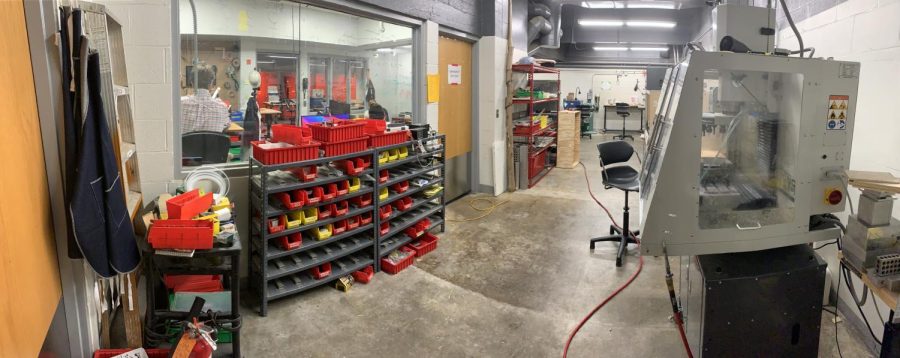The Future of BSM: Engineering
BSM’s engineering department is no stranger to innovation. Its dynamic approach to learning has been the department’s defining characteristic for over two decades. Despite constant advancements in various aspects of the department, progress has slowed in recent years, especially in relation to what teachers believe the department is capable of.
BSM started teaching engineering long before it was popular. Former teacher Tim Jump founded BSM’s engineering department almost 20 years ago, making it one of the oldest programs in Minnesota. Its curriculum also looked completely different compared to today, as Jump prioritized competitive robotics over individual projects. “I think BSM has the [tenth team across the US in the] FIRST (For Inspiration and Recognition of Science and Technology) Robotics … and they are in the five digits now for teams across the US. So [BSM is] a very early adopter of that sort of high school level competitive robots model,” former BSM teacher Paul Wischer said.
The department steadily evolved after Jump left, eventually resulting in the project-based and individualized curriculum in place today. “[Jump’s curriculum] has evolved into something very new and dynamic and different over the years, partly because some of this technology has changed our opportunity and access to information,” BSM engineering teacher Anne Dougherty said.
The current curriculum is centered around a dynamic approach that emphasizes iteration and evolution. Students have the opportunity to choose what aspect of engineering they want to pursue, are given the freedom to work at their own pace, and are able to directly communicate with teachers on ways to improve the department. “I would say all of the improvements that we are the most proud of came because students had better ideas than what we were currently doing,” Dougherty said.
Fellow engineering teacher Charles Nepomuceno thinks this dynamic approach is the biggest strength of the current curriculum because it allows students to progress at their own pace. “We can either have students that take an entire year for each engineering I and engineering II individually, or if they’re fast enough, we don’t lock them down to a calendar year to tell them you have to wait until the next … year to take engineering II,” Nepomuceno said.
Another unique aspect of BSM’s curriculum is that students do professional level work. Teacher Peter Kirwin explains that first year students primarily “learn how to learn,” but even by engineering II, they are learning the same skills professionals use every day. “They’re learning the same computer languages that real programmers use and the same CAD tools that real engineers use,” Kirwin said.
Despite many strengths, the department still has room for improvement. One area that has historically lagged behind is in the scope and depth of content available to students. The curriculum has historically placed a heavy emphasis on programming, primarily because that was what teachers knew the best. But now, an influx of new teachers provides new opportunities to flesh out other areas of the curriculum. “To me, we develop this curriculum as we continue to get the right people in the door who have background specialties. So as we continue to get more people with the right experiences and the parts that help fill the gaps in our current curriculum, I think that’s what’s been most helpful,” Nepomuceno said.
This recent change of staff reflects a deeper shift that has provoked dialogue about plans to revitalize the entire department. “I think at the heart of everything is … purpose and passion. What we are looking for are ways to facilitate and encourage and amplify big thinking and real world ideas…we’re ready to take this – the tools and the functionality of the space that we’re in right now – and bring it forward along with the curriculum and the students,” Dougherty said.
Looking to the future, teachers presented multiple visions that generally adhere to a central theme of making the department more inclusive and collaborative. “We’re going from functional for us to functional for more than just us. So it’s bringing in capabilities that allow everyone to find purpose in this space,” Nepomuceno said.
One area for growth is making the department more inclusive. For example, Nepomuceno looks forward to making engineering a welcoming space for all students regardless of their skill set. “We’re trying to move to a system that serves as many different types of people, so I do think that we can provide different experiences that might either be a little bit more guided or a little bit more directional for students who have worked better in that environment,” Nepomuceno said.
Most ambitiously, teachers want to capitalize on the potential to redefine what collaborative learning looks like at BSM. Within the department, each teacher has a unique skill set that creates an engaging atmosphere. Beyond departmental bounds, Dougherty envisions collaboration with other classes and potentially even with people outside of BSM. “Creating more opportunities for creative collaboration between students and teachers, and then industry experts and alumni, and then building a bridge – sort of pipeline of communication and collaboration opportunities that are multigenerational – feels really exciting to me,” Dougherty said.
Regardless of which direction the department decides to pursue, its teachers are clearly devoted to creating the best experience possible. Teacher Tanner Stevens (who isn’t new to BSM but joined the engineering department this year) has already noticed how passionate each teacher is about improving the space. “I’ve seen my fair share of engineering teachers here since I’ve been here. They’re all amazing and awesome people who bring amazing ideas to change the program for the better,” Stevens said.




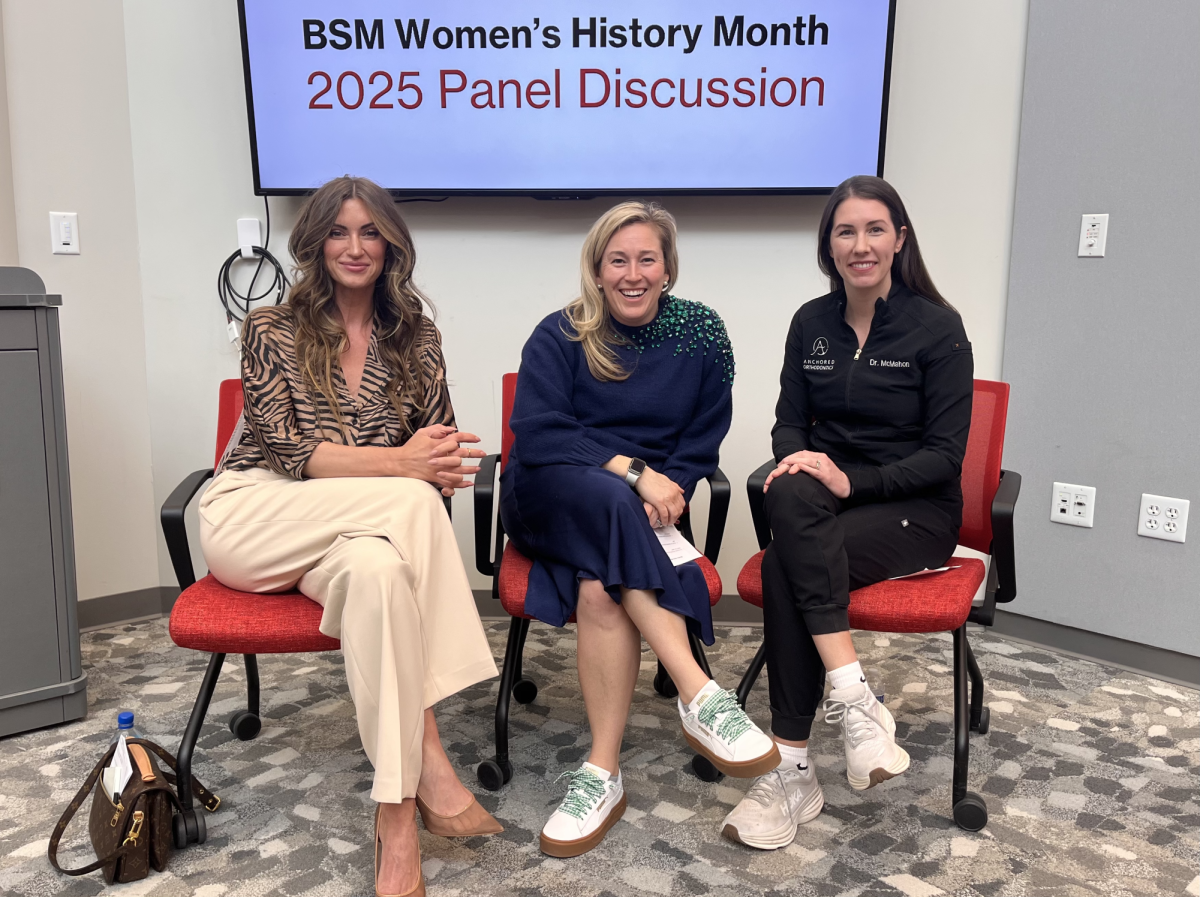
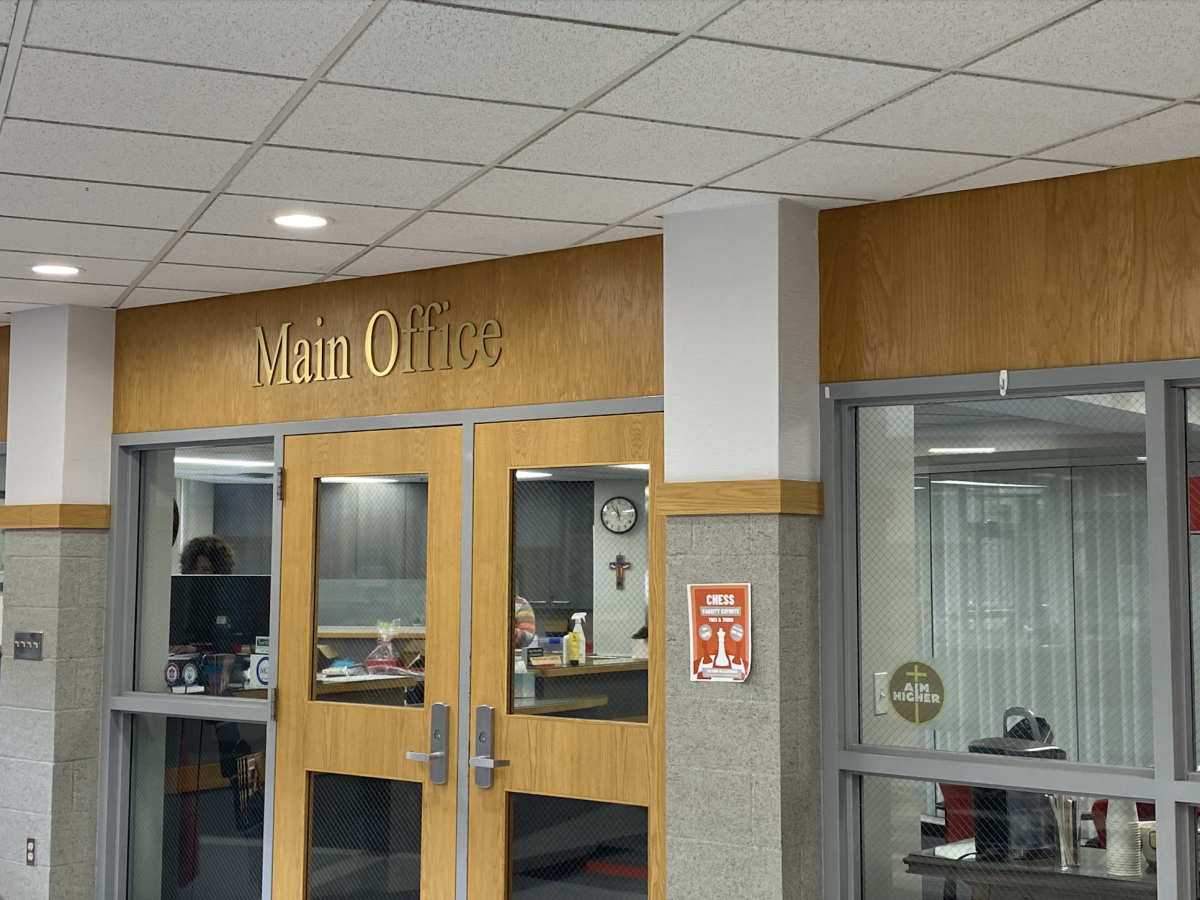

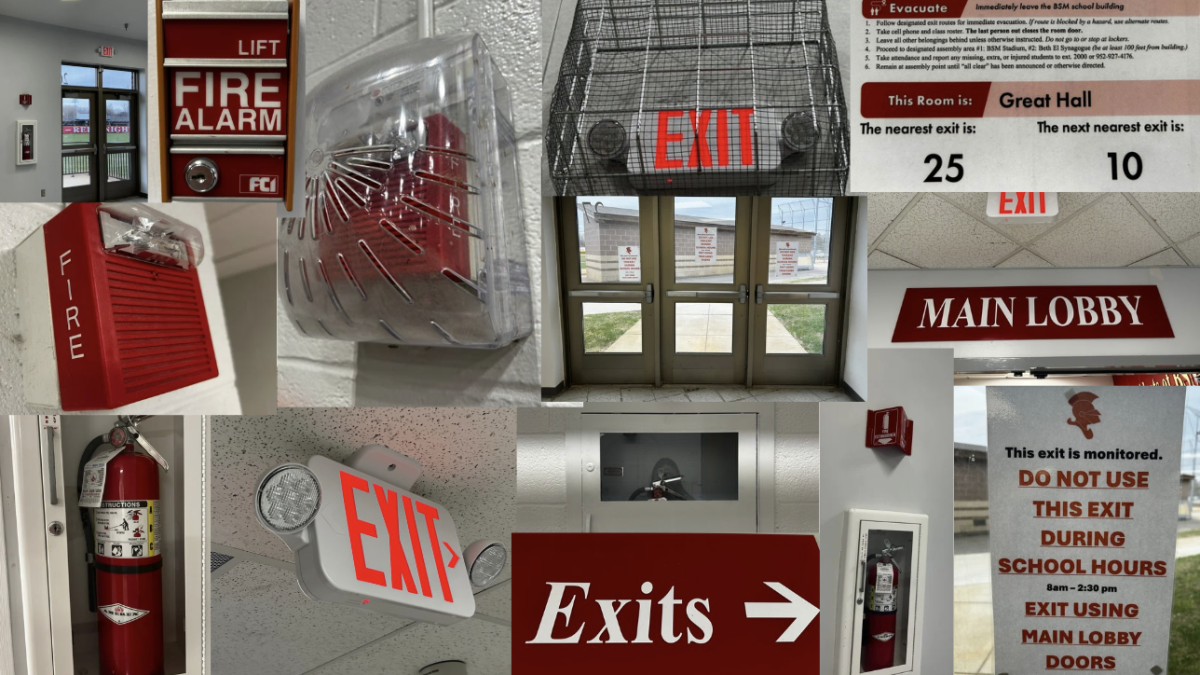
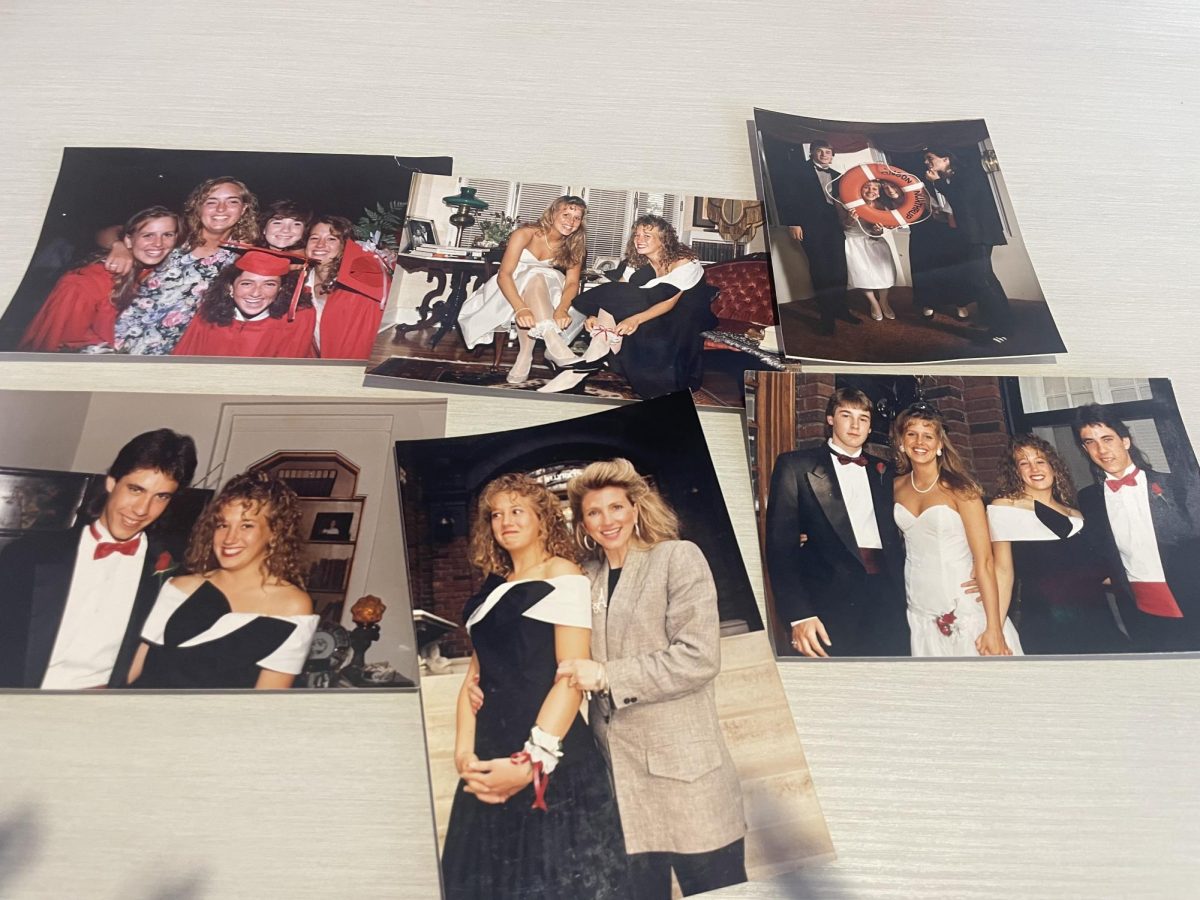
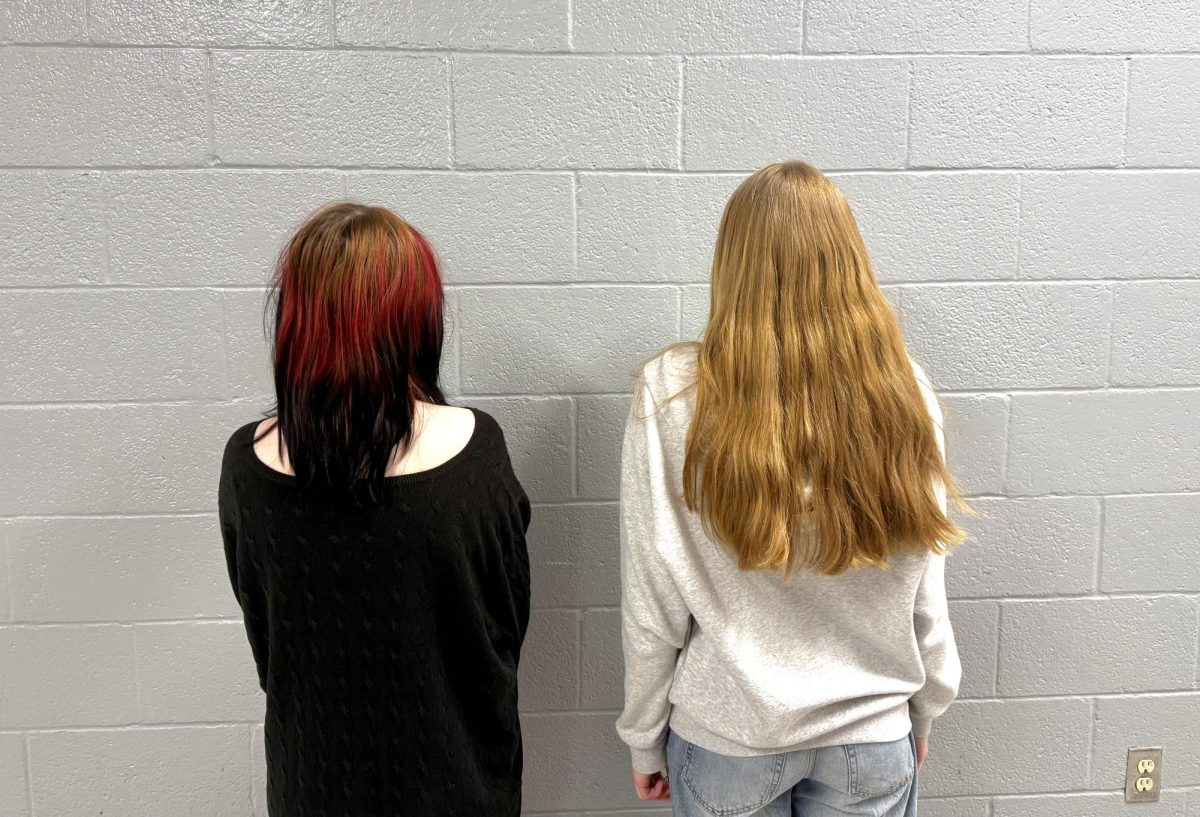
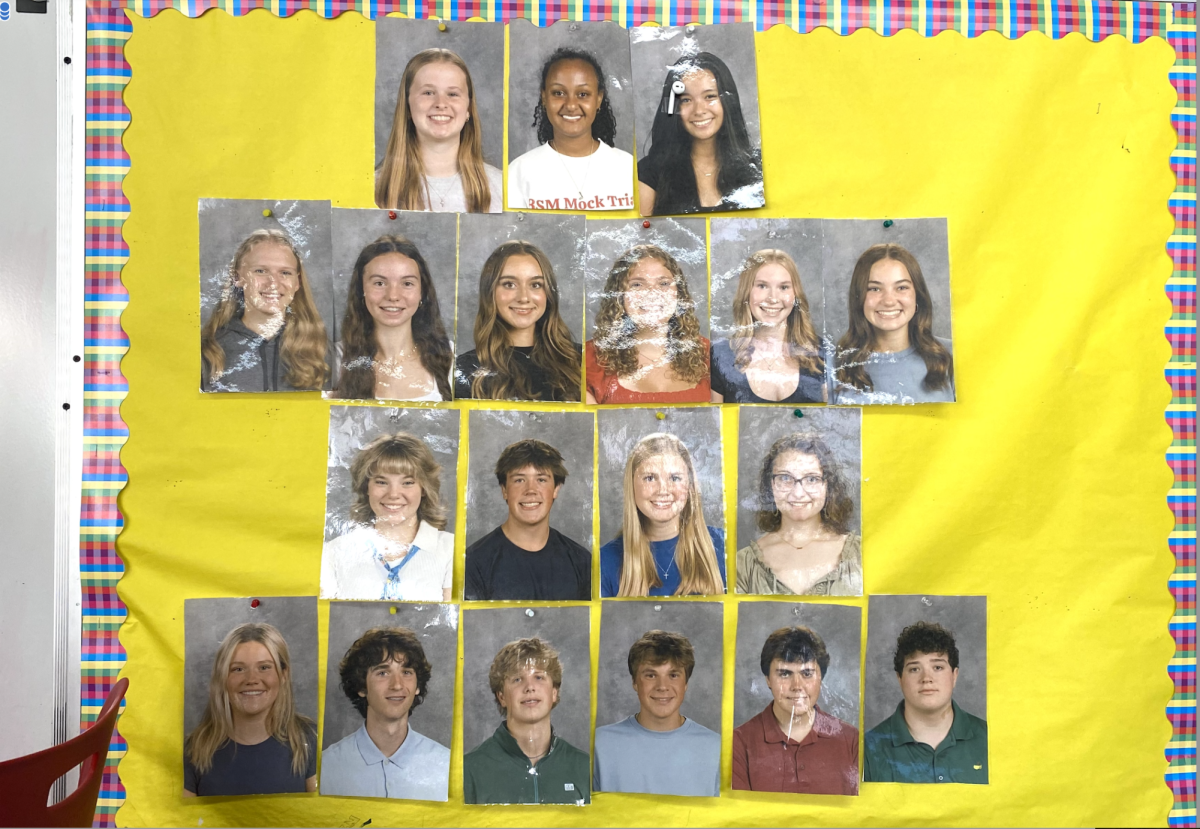














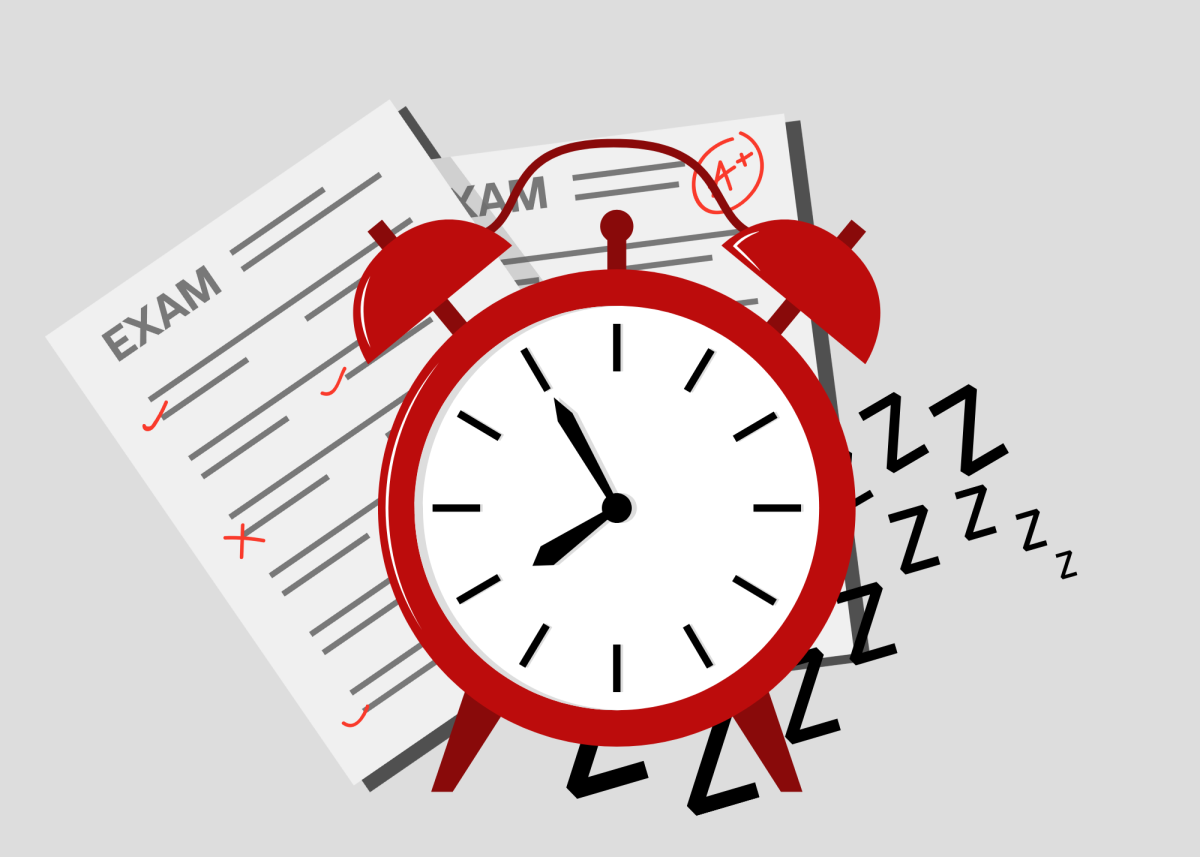



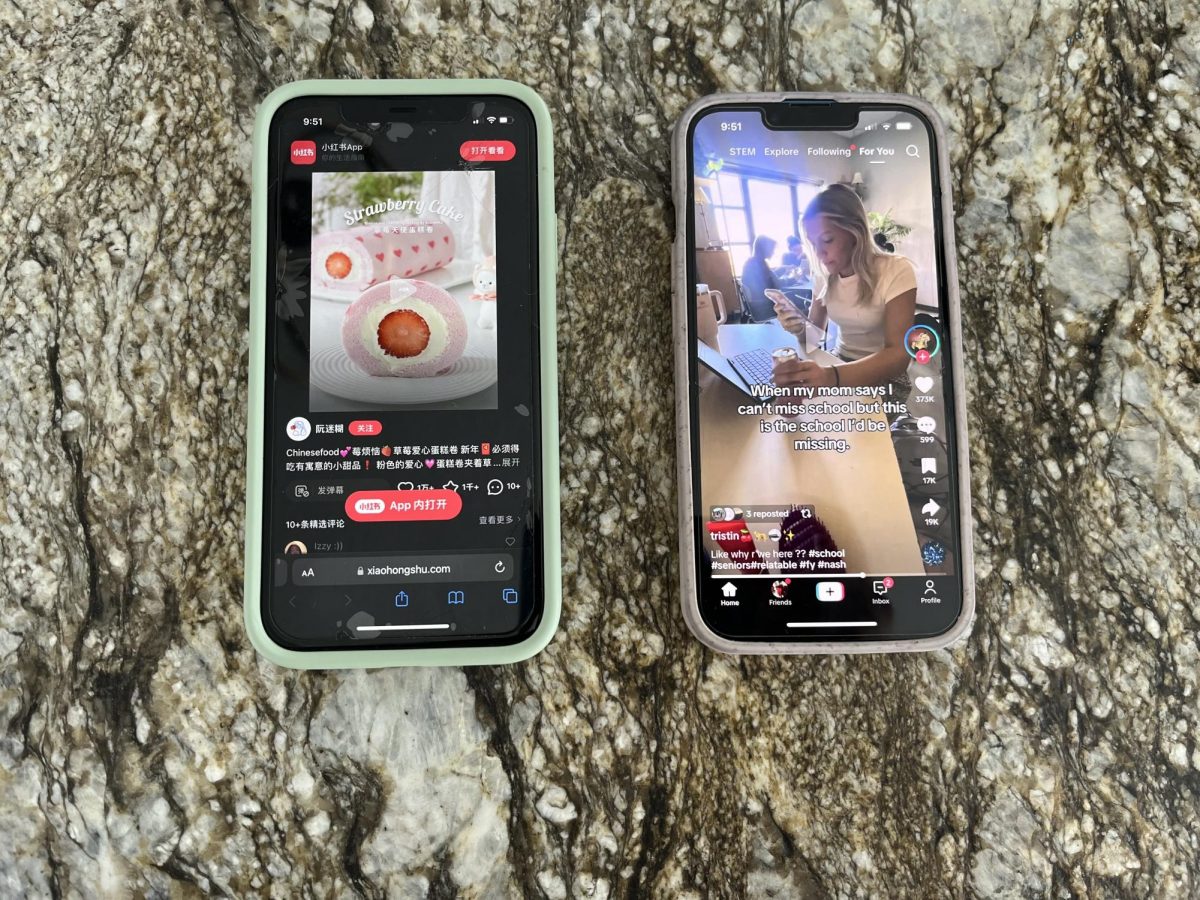






![Teacher Lore: Mr. Hillman [Podcast]](https://bsmknighterrant.org/wp-content/uploads/2025/03/teacherlorelogo-1200x685.png)




